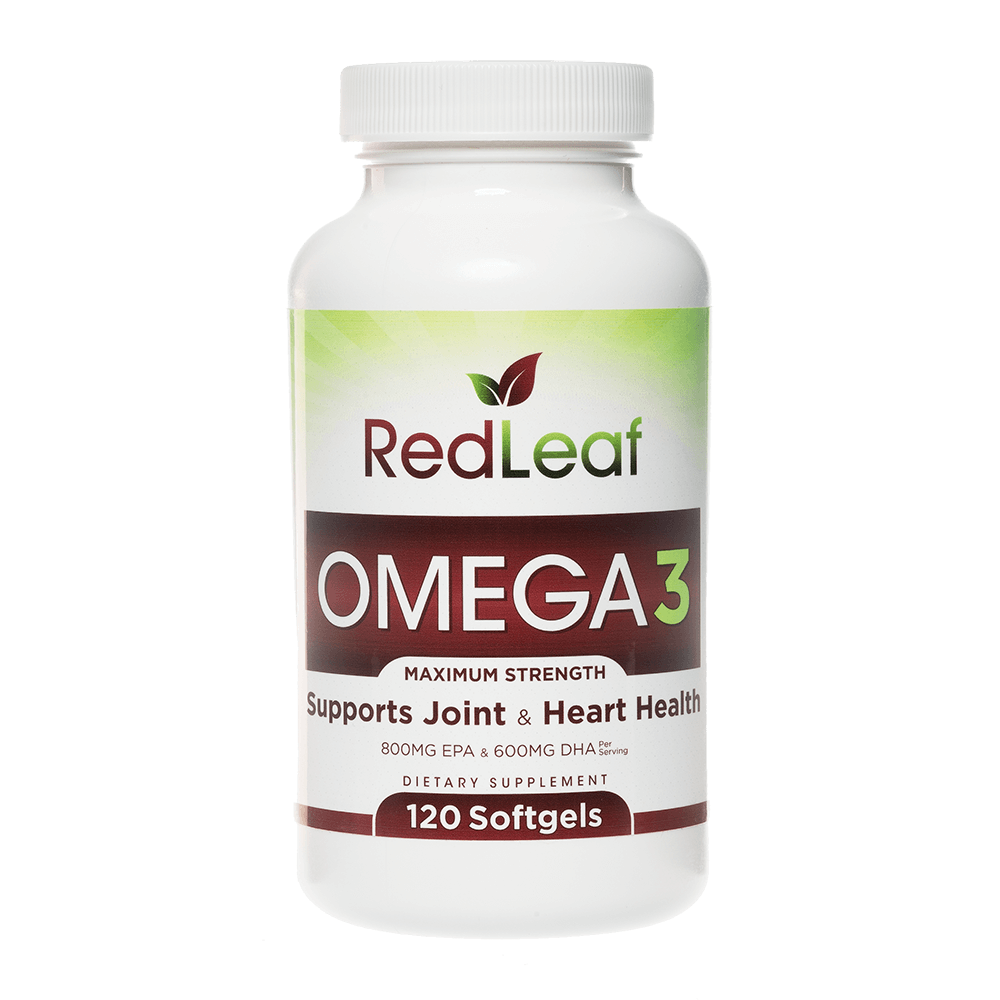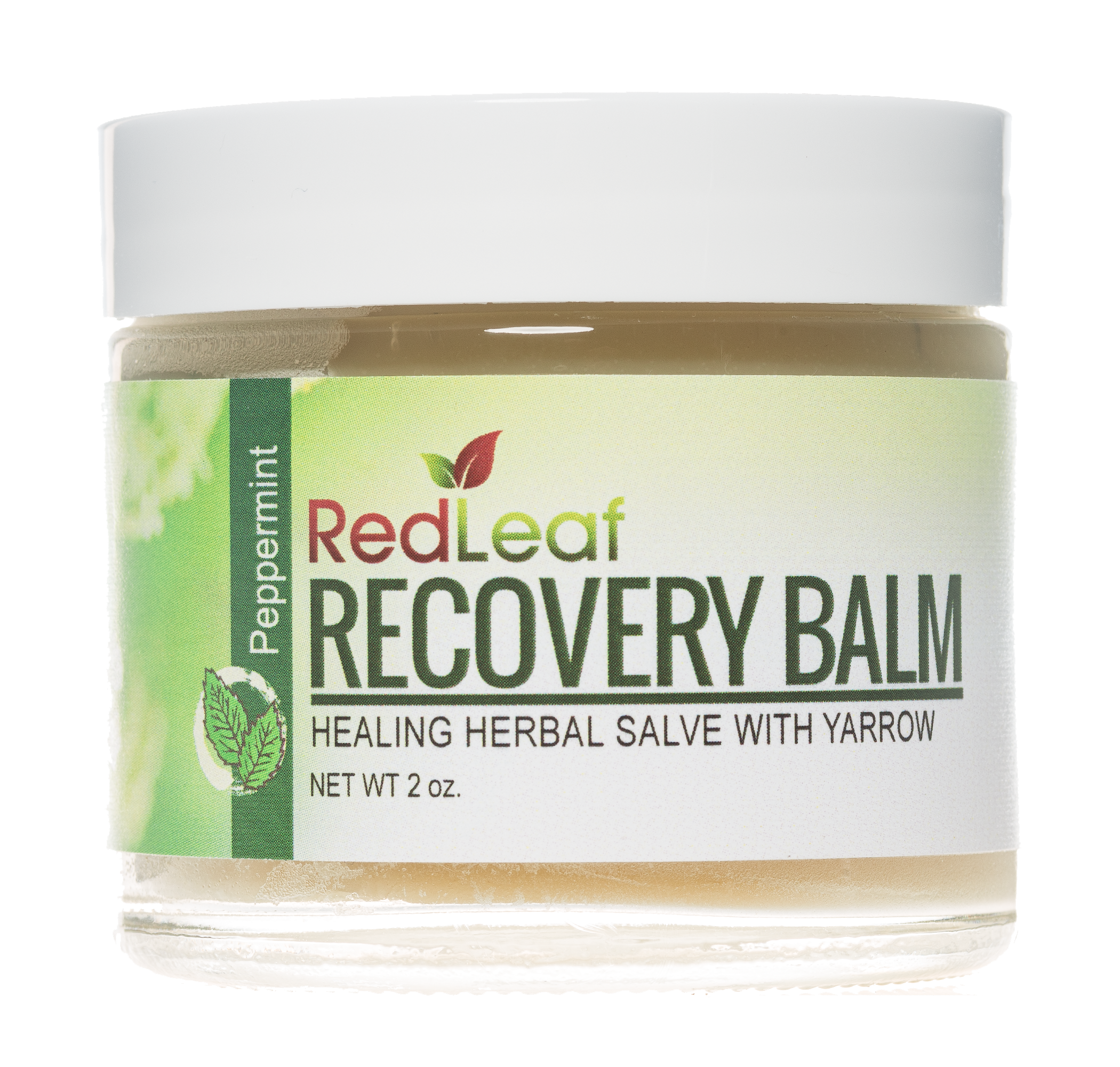Depending on where you’re getting nutrition advice, you may have it in your head that fats are to be avoided if you want to maintain a healthy weight. However, this couldn’t be further from the truth. While they are the most calorie-dense of the three macronutrients, fats are extremely important for maintaining healthy hormone levels, digestion, and other body processes so they shouldn’t be avoided. That said, you must consider the type of fat you’re eating, particularly as it relates to processed fat (i.e. trans fat). Keep reading to learn the differences between healthy and unhealthy fats, general recommendations for how much fat to eat, and some of our favorite healthy fats that you can add in your own diet.
Healthy Fats vs. Unhealthy Fats
There are three types of fats that are found in food:
- Unsaturated: these fats are liquid at room temperature, and are the healthiest type of fat you can consume. They’re often referred to as “good” fats in the nutrition space because they help lower inflammation and promote heart health. There are two types of unsaturated fats, monounsaturated and polyunsaturated. As the name implies, monounsaturated fats only have one double bond, whereas polyunsaturated fats are fatty acids with two or more double bonds. Chemistry aside, both of these types of unsaturated fat are plentiful in nuts, plant oils and fish, and are the most nutritious fat sources you can find.
- Saturated: these fats are solid at room temperature and most often come from animal sources, like meat, dairy, coconut and palm. While not as potentially harmful as trans fats, saturated fats should be eaten in moderation because diets high in saturated fat correlate with higher risk for heart disease and other chronic illnesses.
- Trans fat: these fats are produced through a process called hydrogenation, which essentially increases a product’s shelf life. They are used heavily in fried and processed foods, baked goods, and restaurants due to their low cost and longevity, but also occur naturally in higher-fat foods like beef and some cheeses. Trans fats are the most dangerous of all because they are pro-inflammatory and are proven to raise cholesterol and contribute to heart disease, even in small amounts. Food companies are required to disclose trans fat content where present, so always check your food labels and try to minimize trans fat as much as possible.
Now that we know more about the types of fats, let’s chat about how to structure your diet with this information in mind.
How Much Healthy Fat To Eat
While the amount of fat each person should eat varies among individuals, general recommendations* are not to exceed 30% of your daily calories from fat for optimal weight management. So if you’re eating a 2,000-calorie diet, you should not consume more than 600 calories from fat, or 66 grams of fat, for optimal . Of that 30%, dietitians recommend consuming no more than 10% of your daily fats from saturated fat (i.e. beef, cheese, coconut, etc). Based on that same 2,000-calorie diet, that would equate to only about 6 grams of saturated fat. Does that mean you can never enjoy a 12 oz Ribeye steak guilt-free? Absolutely not! But it does mean that you should only indulge in foods higher in saturated fat sparingly and in moderation.
*Disclaimer: always consult your doctor or a nutrition professional before making changes to your diet. This does not serve as a direct advisement.
Our Favorite Healthy Fats
Here is a list of some of our favorite healthy fats that you can add to your diet, along with the fat per serving in each. You may be surprised just how small a true serving of fat is!
Avocado. It’s considered a superfood for a reason! Avocados are high in fiber, omega-3 fatty acids, potassium, vitamin C, E and K, making them a nutritional powerhouse. Slap some avocado spread on toast, mash them up for guac and enjoy with chips (or veggies), or slice them for a salad- no matter how you eat them, they are always the star of the show.
100 grams (1/2 avocado) = 15 grams of fat.
Virgin Olive Oil/Olives. Perfect for dressing salads and crafting delicious aiolis, virgin olive oil is rich in polyphenols, which are antioxidants that are linked to reducing the risk of heart disease. If oils aren’t your thing, try what they’re made from! Olives themselves carry the same nutritional benefits of olive oil, but you get a little more bang for your buck. Where a serving of olive oil is only 1 tbsp, a calorie-equivalent serving of olives is around 20 olives! There are so many varieties to choose from, but you can’t go wrong with kalamata olives. They are a staple in the Mediterranean, aka “heart healthy,” diet, and now we know why!
1 tbsp VOO = 28 grams of fat
20 olives = 20 grams of fat
Peanut Butter. This pantry staple is an unsaturated fat source that many Americans would not, or maybe could not, live without. Many mistakenly coin it a protein source, and while it does contain protein, that isn’t where most of your calories are coming from when you eat peanut butter. When shopping for peanut butter, try to find a brand with no added sugars or saturated oils.
2 tbsp peanut butter = 16 grams of fat
Salmon. Salmon is notoriously one of the healthiest cuts of fish, largely due to its high concentration of omega-3 fatty acids, which many American diets are lacking. It can be prepared many ways, but you can never go wrong with a grilled fillet in my book. Make sure when you buy salmon that no colored dyes have been added. A fillet may look rosy and fresh, but when you check the packaging you might find that it’s been artificially colored to appear newly caught. Always go to the butcher counter to ensure you’re getting the highest quality fish.
3 oz salmon fillet = 10 grams of fat
Tuna. Canned or fresh, raw or seared, tuna is a lean fish that’s high in protein, B vitamins, and omega-3 fatty acids. Keep in mind that tuna is higher in mercury than other types of fish, so dietitians recommend not exceeding 4 oz of tuna per week. Another pro tip: when buying canned tuna, always buy it in water instead of oil!
3 oz tuna = 1 gram of fat
Almonds. Almonds are rich in fiber, monounsaturated fat, and many vitamins and minerals. It’s why you’ve seen so many almond alternatives like almond milk, almond yogurt, almond ice cream, almond flour pop up for people with food intolerances. They are so full of natural nutrition, you really can’t go wrong with almonds! The only thing to keep in mind is that they are high in fat. Not a bad thing when you’re sticking to one serving, but if you’re watching your weight, be cautious of popping open an entire can or bag! Those calories add up quickly when you’re mindlessly munching.
1 oz almonds (about 24 whole almonds) = 14 grams of fat
Walnuts. We’re nuts for walnuts over at Red Leaf and for good reason! Not only are they one of the best nuts to bake with (hello, banana nut bread), they are also rich in omega-3 fatty acids. In fact, walnuts contain the most omega-3 of any tree nut and they also contain folate, an important nutrient for women who are pregnant or trying to conceive. One of our favorite ways to enjoy walnuts is in a bowl of oatmeal with Red Leaf Collagen Peptides for some added protein, sliced banana, and cinnamon. It’s like having dessert for breakfast!
1 oz walnuts = 18 grams of fat
Whole Eggs. Once upon a time, some big shot over at the _____ company got together with some big shot over at the _____ company* and decided to tell the American public that eggs where going to give people heart disease. While we love our egg whites, too, the majority of eggs’ nutrition is found in that beautiful amber yolk. Whole eggs are rich in many micronutrients, as well as being a great source of unsaturated fat. They do contain some saturated fat and are higher in omega-6 fatty acids than omega-3’s. All this means is that they are a healthy food, like lean ground beef, that should be consumed in moderation alongside other nutrient-rich options. If you’re looking for healthy, whole food fat sources to add to your diet, you can’t go wrong with eggs. We love the Happy Egg brand! While they’re expensive, they’re worth every single penny.
1 whole egg = 5 grams of fat
You’ll notice a trend in these foods- many contain omega-3 fatty acids, which are essential to our health but cannot be synthesized by our bodies so we have to get them from our diets. If none of these food options do it for you, don’t fret! Red Leaf Omega 3 Fish Oil contains 2,000 milligrams of fish oil per serving, plus 800 milligrams EPA and 600 milligrams DHA, and is completely flavorless. Kiss fish burps goodbye because you won’t find them here! Get FREE shipping and save 10% when you use the code “omega” at checkout.
*Props to you if you recognized the start of that quote from Father of the Bride



